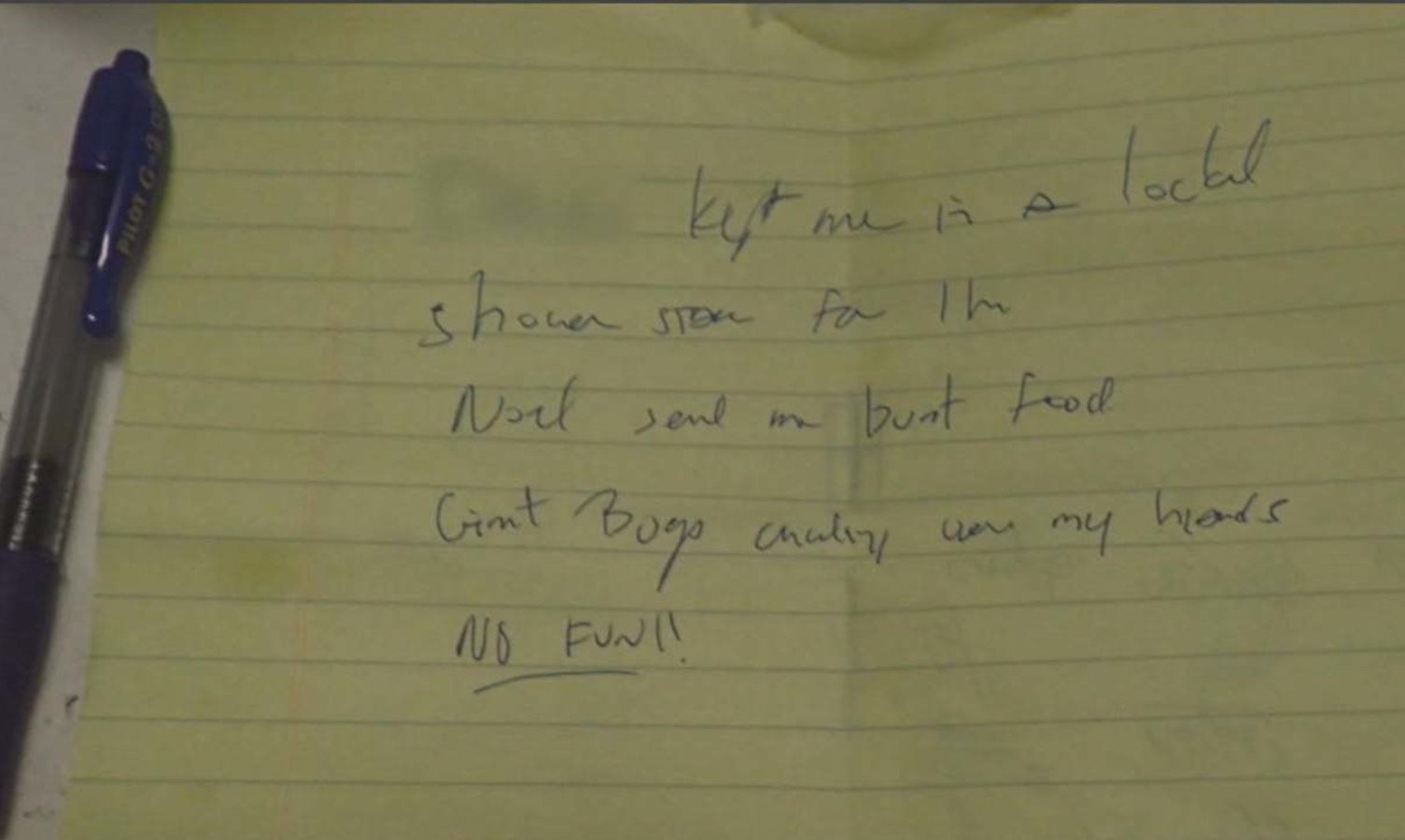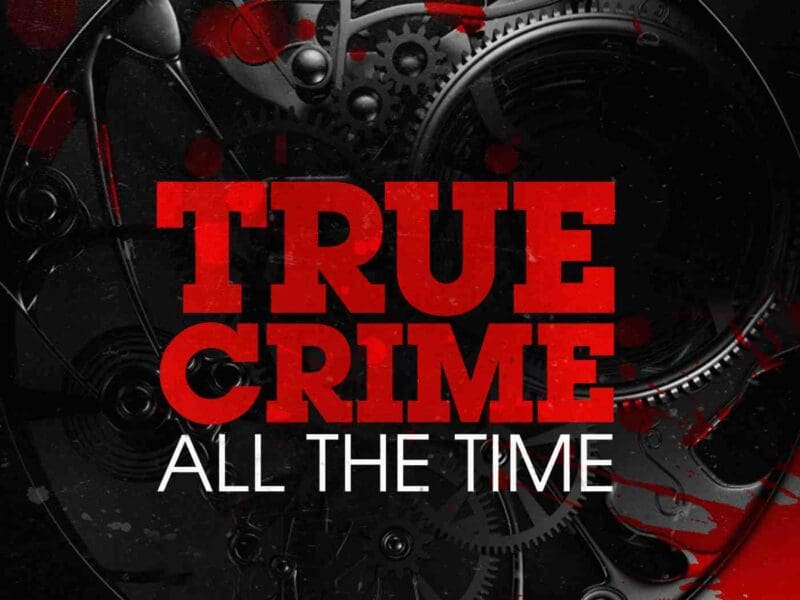
Does Jeffrey Epstein’s autopsy actually prove he killed himself?
According to official autopsy reports, Jeffrey Epstein died by suicide in his cell awaiting trial for sex trafficking and a host of other crimes relating to sexually assaulting underage girls and giving them to rich & powerful clients. However, given the circumstances of his death, many people aren’t so sure.
Two autopsies were performed on Jeffrey Epstein, one by the state of New York, and the other ordered by his brother, Mark Epstein. The official autopsy, plus evidence in the jail cell, seemed consistent with suicide. The second autopsy ordered by Mark Epstein showed wounds more in line with “homicide by strangulation.”
Which one is right? Did Jeffrey Epstein really kill himself? Let’s take a look at the autopsy reports and see what’s similar and what’s different.

Evidence in Jeffrey Epstein’s cell
CBS obtained photographs of Jeffrey Epstein’s cell taken from when his body was found. After interviewing over sixty forensic pathologists, the question of whether Jeffrey Epstein killed himself remains inconclusive, even with the multiple autopsy reports.
The pathologists said they needed to see the position Jeffrey Epstein’s body was in to determine if his death was suicide or homicide. While the wounds reported in Epstein’s autopsy should determine his cause of death, the official autopsies disagree on their cause.

A handwritten note Jeffrey Epstein left behind
Apparently, Jeffrey Epstein left a handwritten note in his cell before he died, included in the autopsy report. Hardly a goodbye, the note documented complaints Jeffrey Epstein had about his time in MCC. these included being locked in a cold shower for an hour, being served burnt food, and bugs crawling over his hands – ew!
The Metropolitan Correctional Center in Brooklyn, NY, is far from a five-star hotel. The place Jeffrey Epstein was housed has been called The Tombs or the Guantanamo of New York due to poor conditions. The facility is facing a lawsuit due to having no heat last winter. The prison was also responsible for recording Epstein’s death & autopsy.

Jeffrey Epstein’s fingerprints
According to the second autopsy report, the fingerprints found on Jeffrey Epstein weren’t made on the same day he died. They matched the fingerprints taken at his arrest in Florida in 2008. While there were no other fingerprints found on the scene, the way they match prints authorities already had raises a lot of suspicions.

How was Jeffrey Epstein’s body found?
The crux of concern for forensic pathologists is the absence of a specific photograph, Jeffrey Epstein’s body as it was found. The security footage from the night Epstein died mysteriously disappeared. Even with two autopsies to go on, pathologists can’t say for sure if Epstein killed himself or not unless they see how his body was found.
Like the autopsies, there were also inconsistencies noted with the state of Jeffrey Epstein’s room. Two nooses were found at the scene. While the prison report indicates the nooses were cut, they were actually folded and hemmed in photographs. Why would the report say the noose is cut, contrary to photographic evidence?
The photos are even more believable since we doubt Jeffrey Epstein would be allowed sharp objects in his room. Even if he smuggled them in, questions crop up. If it were a suicide, why wouldn’t he have just used the alleged sharp object to end his life? Neither of Jeffrey Epstein’s autopsies showed cuts or fatal slashes.

Injuries to Jeffrey Epstein’s neck also raise questions
The major difference between New York’s autopsy report and the one conducted by Epstein’s family is the neck injuries. Dr. Baden, the pathologist who performed Jeffrey Epstein’s second autopsy, said he has never seen neck injuries like the ones Epstein had in suicide cases. Rather, they’re more in line with homicide by strangulation victims.
The injury Dr. Baden refers to is a fracture on Jeffrey Epstein’s hyoid bone found in both autopsies. While this injury can take place in suicides, it usually only occurs in much older cases, people in their eighties. Epstein was younger than suicides with this injury and in men his age, it indicates homicide by strangulation, per Dr. Baden.
Despite Dr. Baden’s findings, New York state officials “firmly” stand behind their ruling of suicide. Dr. Sampson, the pathologist who performed New York’s autopsy on Epstein, said that fractures to the hyoid bone are seen in both suicides and homicides. She first held off on determining suicide but did so after reviewing undisclosed evidence.







